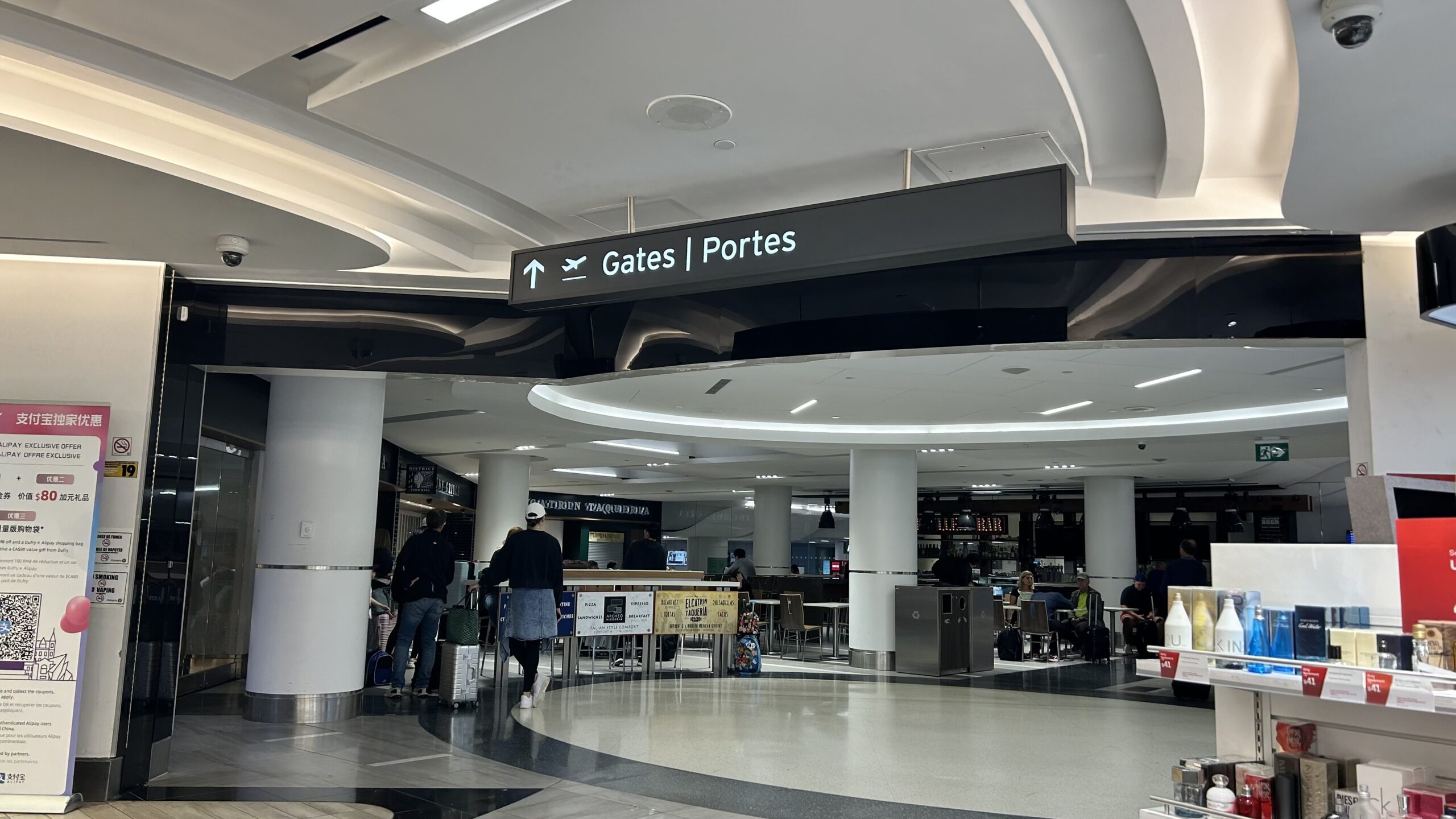Toronto Pearson International Airport ranks as the second-worst major airport in North America, according to a recent study published just weeks before the busiest travel season of the year begins.
The annual J.D. Power study, released on Sept. 20, measures overall customer satisfaction at airports throughout the continent. Pearson was 19th out of the 20 mega airports in North America in this year’s survey, scoring 749 out of a possible 1,000 points.
Pearson, the only Canadian mega-airport, was among airports including Newark Liberty International Airport, which scored the lowest by passengers among the 20.
Mega airports handle more than 33 million passengers a year, according to J.D. Power.
The study looked at passenger satisfaction with the performance of airline carriers based on the aircraft, baggage, boarding, check-in, cost and fees, flight crews, in-flight services and reservation systems.
Traveller’s satisfaction with Pearson Airport was considerably worse compared to last year when the airport was 16th among 20.
Mariia Lutskaia, a Humber College international student, said she isn’t surprised by this low ranking.
She experienced significant delays upon arrival back to Toronto after her summer break because the baggage claim carousels were limited and only displayed serving flights from the United States.
After waiting, Lutskaia noticed her checked luggage from her flight from Lisbon was on a carousel serving a flight from Boston.
Airports received their score based on six factors: terminal facilities, arrivals and departures, baggage claim, security screening, check-in and services provided, including food, beverage, and retail.
Alexandra Monterroso, a flight attendant of 16 years with Air Canada, said she was surprised at Pearson’s low score.
Monterroso works from Terminal 1, which is for mainly domestic flights. She said it usually operates quite smoothly compared to the more chaotic Terminal 3 with traffic from international flights, including the U.S..
However, she recognizes the experience for passengers and crew members is different. Cabin crews aren’t personally impacted by the long wait times as they bypass most of the lines for travellers.
“When there are delays and cancellations for crew members, it’s not always a negative thing. I realize for passengers, it’s different, and it is a difficult time,” she said.
Monterroso experiences complaints from passengers on almost every flight she works on regarding their experience at the airport but hasn’t noticed an increase or decrease in feedback compared to previous years.
“If you tell me you had a bad experience, I can’t do anything to fix it unless it’s something happening on the flight,” she said. “I think Pearson is doing the best they can with the staff they have.”
Her proposed solution is to add more staff and check-in kiosks to help with the customer experience.
In a statement to Skedline via email, the Greater Toronto Airport Authority, the organization responsible for overseeing operations and management at Pearson, said the organization works diligently to make travellers’ time there a good experience.
“While we are disappointed with the results, the GTAA has been working non-stop with airlines, agencies and other partners to improve and streamline the passenger experience since last year’s restart,” it said.
In preparation for the high peak travel season ahead, Monterroso suggests travellers to check in online, give themselves lots of time and avoid checked bags unless necessary.
Lutskaia, who will be travelling for the reading week break, said she hopes for a positive experience and has chosen to travel with only carry-on luggage and will check in beforehand to streamline the process.
For real-time information regarding operational and flight statistics, including on-time performance, travellers can follow Pearson Airport’s media page.

